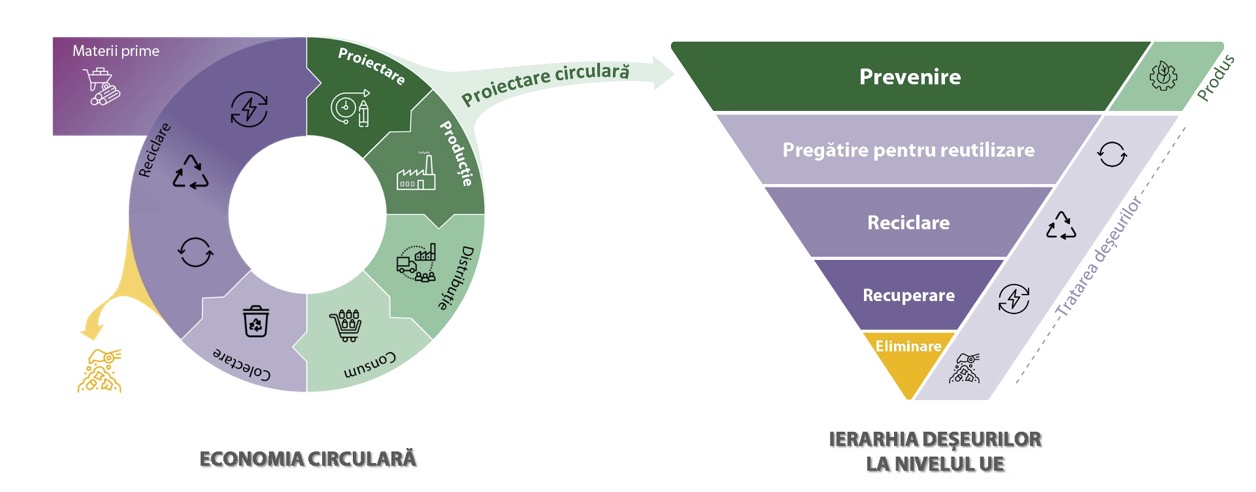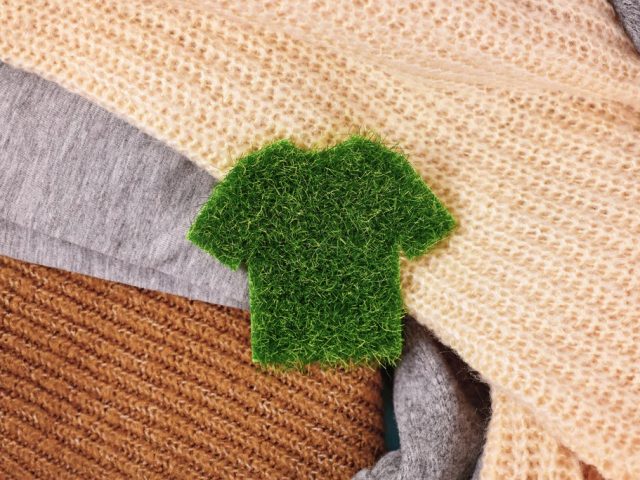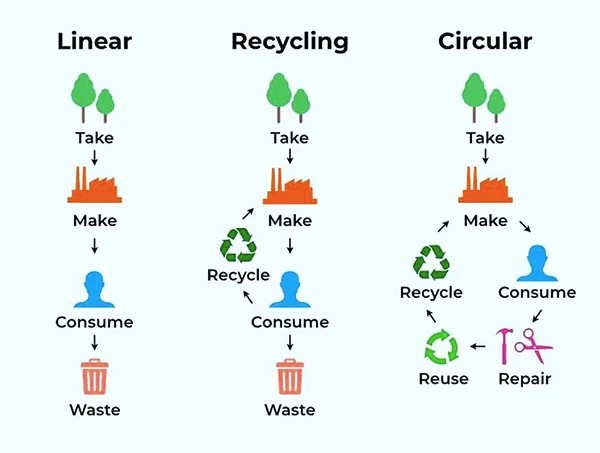
We are key to boosting circularity, increasing reuse and recycling
The publication of the "EU Strategy for Sustainable and Circular Textiles" in March last year has put our sector in the spotlight at the right time. Its main objective is to ensure that, by 2030, textile products placed on the EU market are sustainable, recyclable, made as far as possible from recycled fibers and free of hazardous substances, with specific measures including eco-design requirements, clearer information for consumers, a digital product passport and a mandatory system of extended producer responsibility at EU level.
The strategy also confirms that all local authorities in the EU should have separate collection of textiles in place by 2025. These are ambitious measures. And, crucially from our sector's perspective, this journey needs to be undertaken in collaboration with industry professionals to ensure, for example, that collection activities are carried out in a way that maintains re-usable value.
Encouraging in this regard is the fact that the EU has agreed to consider the requirement for re-use and recycling readiness as a priority for new textile collections. The textile reuse and recycling industry is performing a vital task with expertise developed over many generations and therefore our contribution is essential to the success of this effort to achieve circularity. All this underlines why reuse and recycling are so important.
Taking Europe as an example, textile consumption has the fourth biggest impact on the environment and climate change after food, housing and mobility.
A recent study confirms that the environmental impact of reusing textiles is 70 times less than producing new clothes.
The reductions in carbon dioxide emissions are particularly evident, amounting to 3 kg for every high and medium quality garment that is reused. The water required for reuse is only 0.01% of the water needed to produce a new garment. The same life-cycle assessment also debunks the myth that used-clothing exports are bad for the environment just because of the emissions associated with transportation. The study found that the environmental impact of even long-distance transportation of used clothes is "trivial" compared to the environmental impact of producing new clothes.
We urge policy makers and regulators to recognize the importance of the hierarchy of management of used textiles, textile waste. Given all the latest research and evidence, preparing for reuse is at the heart of all sustainability strategies, followed by recycling.

